Fancy, high-quality products such as Rolex watches and Red Wing boots often cost more to make but last longer. This is a principle that manufacturers and customers are familiar with. But while this also applies to biology, scientists rarely discuss it.
Researchers have known for decades that the faster an animal grows, the shorter its lifespan, at least among mammals. This holds across species of different sizes. Ecophysiologists like me have been studying the trade-offs between allocating energy for growth or for maintenance, and how those trade-offs affect aging and lifespan.
One explanation is that since animals have a limited amount of energy available, investing more energy in growth will reduce the energy they have left to maintain their health, therefore leading to faster aging.
Another explanation is based on the observation that metabolism – all the physical and chemical processes that convert or use energy – fuels growth. Some researchers have suggested that fast growth is associated with high metabolism, in turn causing stress that speeds up aging.
However, these two explanations may not capture the whole picture of the trade-off between growth and longevity. For example, certain species allocate a larger fraction of their energy to maintenance but don’t have better resistance to stress than species that allocate less energy to those processes. This finding indicates that the amount of energy allocated to maintenance may not be the only thing that determines its quality.
Meanwhile, I found that this negative association still strongly holds even after accounting for metabolic rate. That means the higher metabolism associated with faster growth cannot completely explain faster aging. There had to be other missing links to consider.
What have scientists overlooked? My recently published research suggests that the energy cost it takes to make biological materials, or the biosynthetic cost, also affects lifespan.
lisabskelton/iStock via Getty Images Plus
Cost of making biomass
It costs energy to make biological materials, or biomass, such as assembling individual amino acids into whole proteins. It also costs energy to check newly synthesized materials for errors, break down and rebuild materials with errors, and transport finished materials to where they need to be.
To measure the energy investment in building biomass across species, I derived a mathematical relationship between biosynthetic cost and rates of growth and metabolism. I based my equation on the first principle of energy conservation, which states that energy is neither created nor destroyed, and data on the growth and metabolism rates of different mammals routinely measured by other researchers in the field.
While researchers previously believed that the cost of synthesizing new biomass was the same across species, my analysis of data from 139 different animals found that there is a great difference in biosynthetic cost between species. For example, a naked mole rat has a biosynthetic cost that is over three times as that of a mouse with the same body mass. While the naked mole rat has a lifespan of 30 years, the mouse’s lifespan is only two to three years.
My findings suggest that some species spend more energy than others to make one unit of biomass. This is perhaps partially due to living in a more dangerous environment. Animals that grow faster are more likely to reach reproductive maturity than animals that grow more slowly, but the price to pay is low-quality biomaterials.
Biosynthetic cost and aging
If everything else is kept the same, the more expensive growth is, the lower the growth rate will be. But how does this energy cost contribute to the aging process?
I used what I call a cost-quality hypothesis to answer this question. At the cellular level, biosynthetic cost is in part determined by the cell’s tolerance for errors in making materials. Take proteins as an example. Research has repeatedly suggested that protein homeostasis – the collective processes that maintain protein level, structure and function – plays a key role in the aging process. In simple terms, the accumulation of proteins with errors leads to aging.
Protein synthesis and folding is imperfect. Researchers have estimated that 20% to 30% of new proteins are rapidly degraded after they’re made due to errors. Different species have different degrees of error tolerance and protein quality control. For example, the mouse proteome has two- to tenfold higher levels of proteins with incorrect amino acids relative to the proteome of naked mole rats.
Let’s consider two species, where one is picky about protein errors and the other not so much. The picky species will break down and remake a protein when it finds an error, constantly using protein quality control mechanisms to proofread, quickly unfold and refold, degrade or resynthesize proteins. Not only do these processes cost energy, they also slow down an animal’s overall biomass growth rate. A pickier species would spend more energy for a unit of net new biomass synthesized than a species with high tolerance, growing more slowly overall.
On the other hand, a species with higher tolerance to errors would have a lower biosynthetic cost because it would just incorporate the faulty protein into their new biomass. Because this species carries more faulty proteins, it is less resistant to stress and therefore lives shorter.
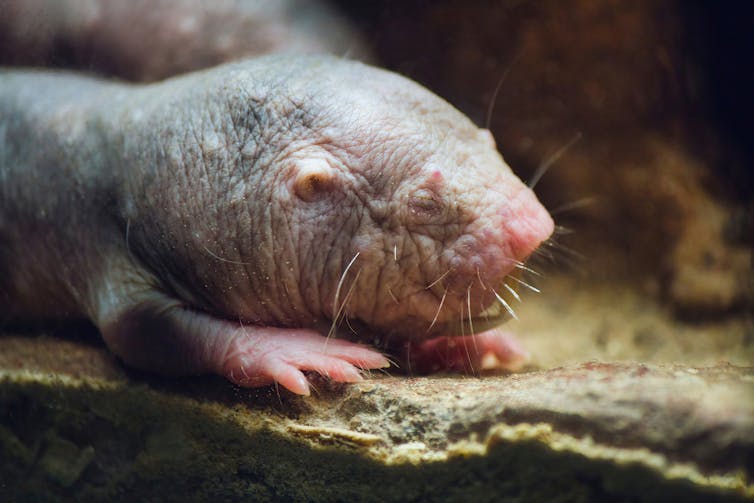
Tennessee Witney/iStock via Getty Images Plus
Making things last
An animal’s ability to maintain homeostasis not only depends on the amount of energy it allocates to maintenance but also on the quality of the tissue it produces. And the quality of that tissue is at least partially due to the energy it invests in making biomass.
In other words, fancy stuff costs more to make but lasts longer.
My hope is that these results could be used as a framework to investigate how differences in a person’s development and growth rate affect their health, risk for aging-related diseases and lifespan. It also opens a door to a new research area: Could we manipulate the mechanisms that determine the energetic cost of biosynthesis and slow aging?
Article updated to clarify that species with more faulty proteins have shorter lifespans.
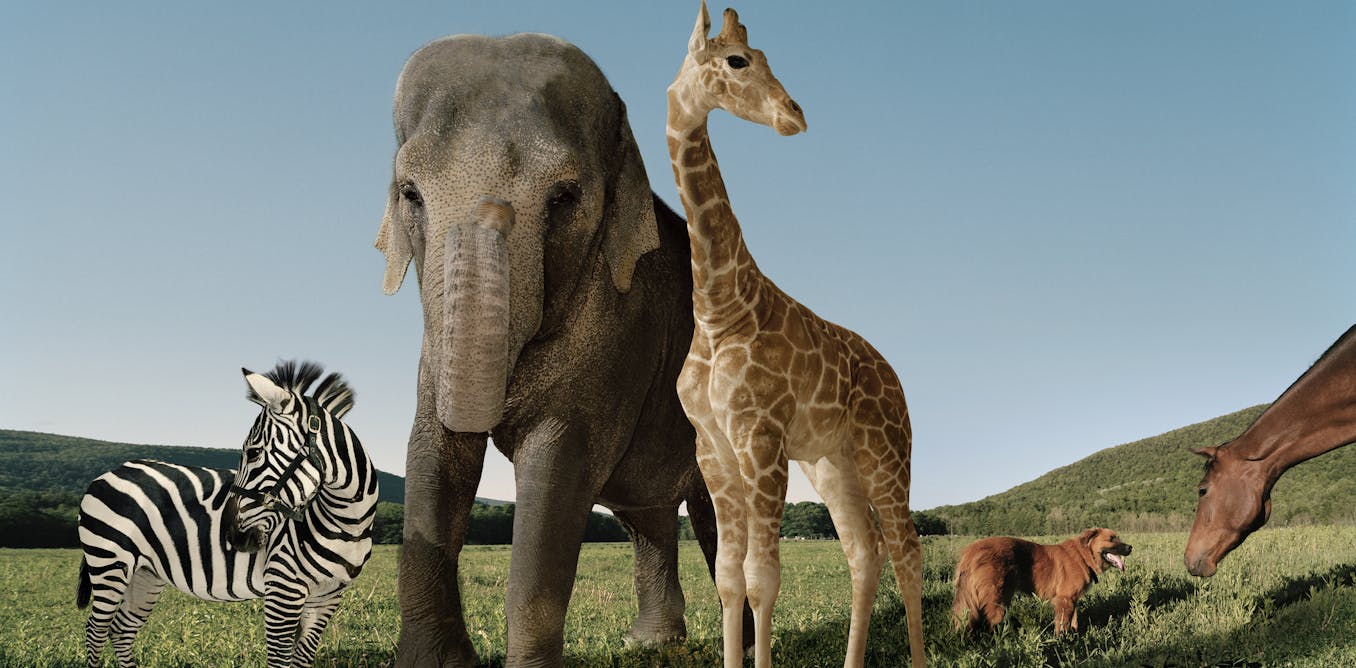
The post “Grow fast, die young? Animals that invest in building high-quality biomaterials may slow aging and increase their lifespans” by Chen Hou, Associate Professor of Biology, Missouri University of Science and Technology was published on 10/29/2024 by theconversation.com






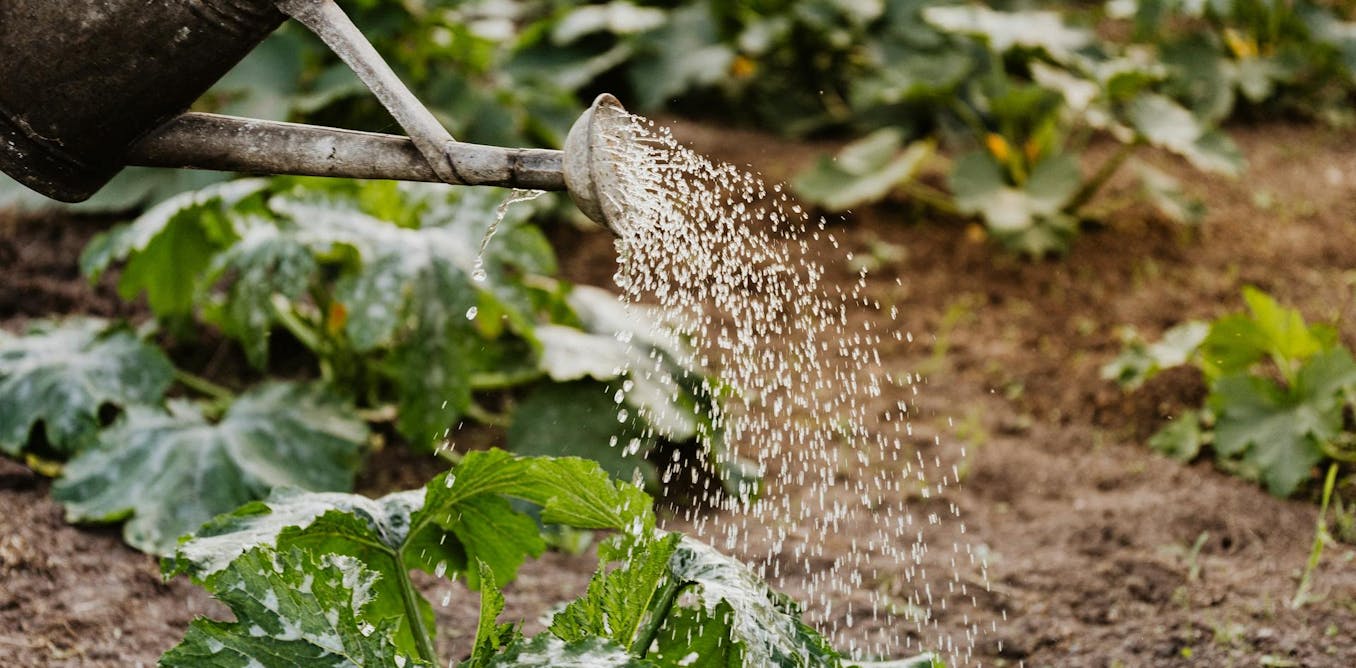

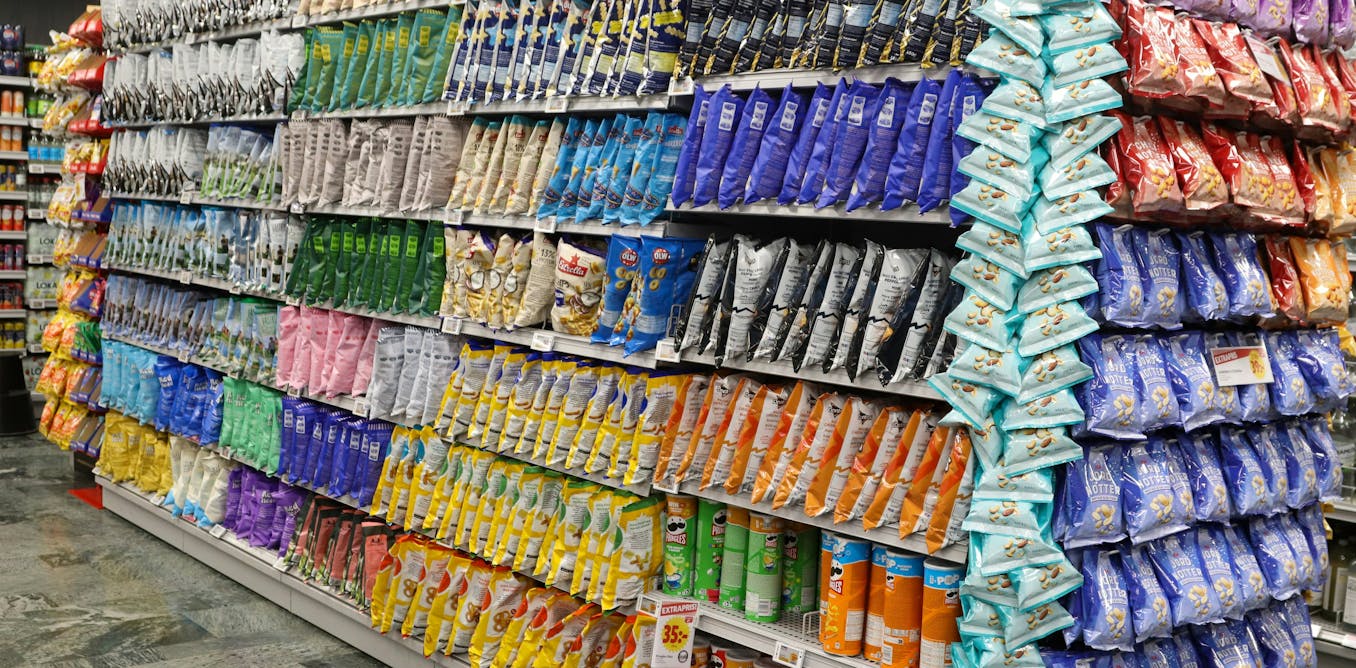
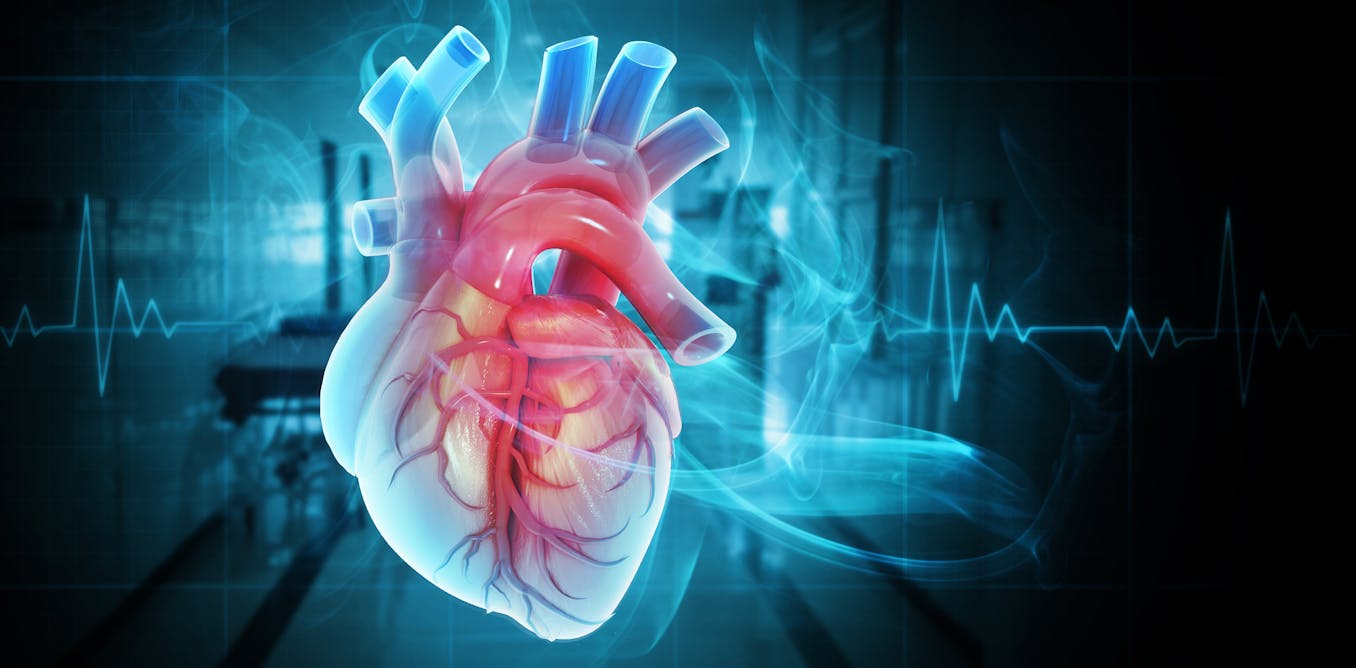

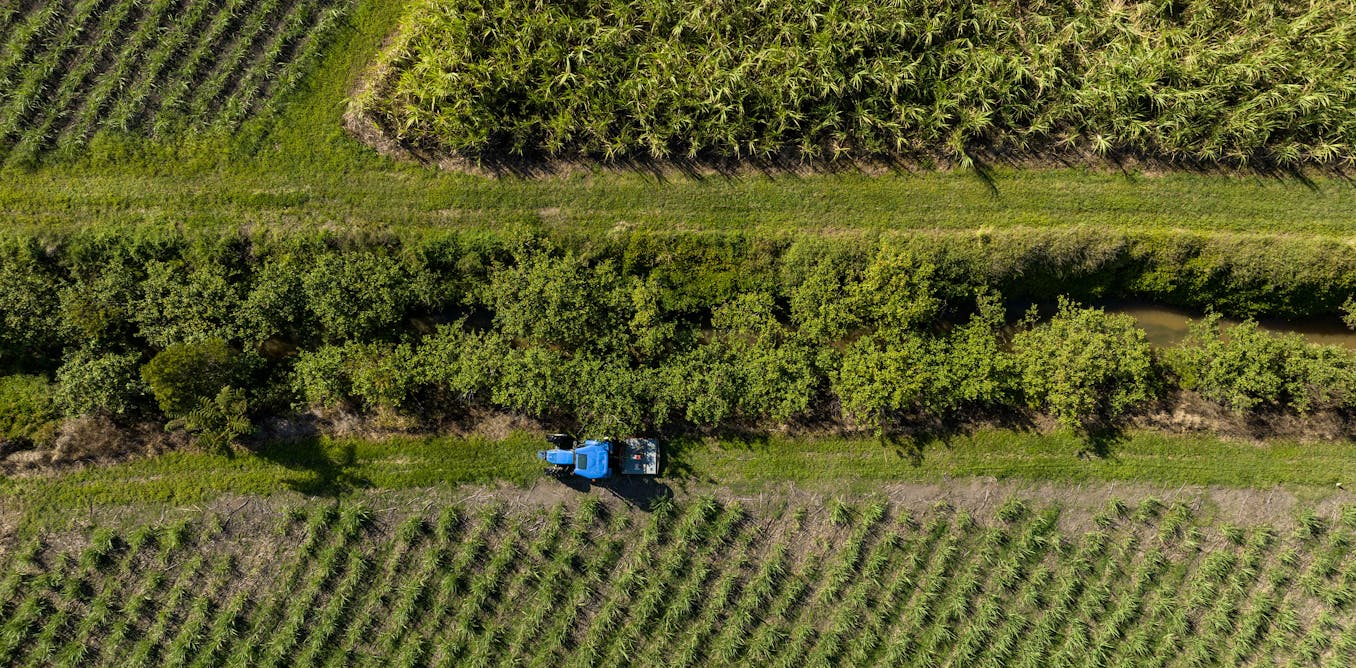
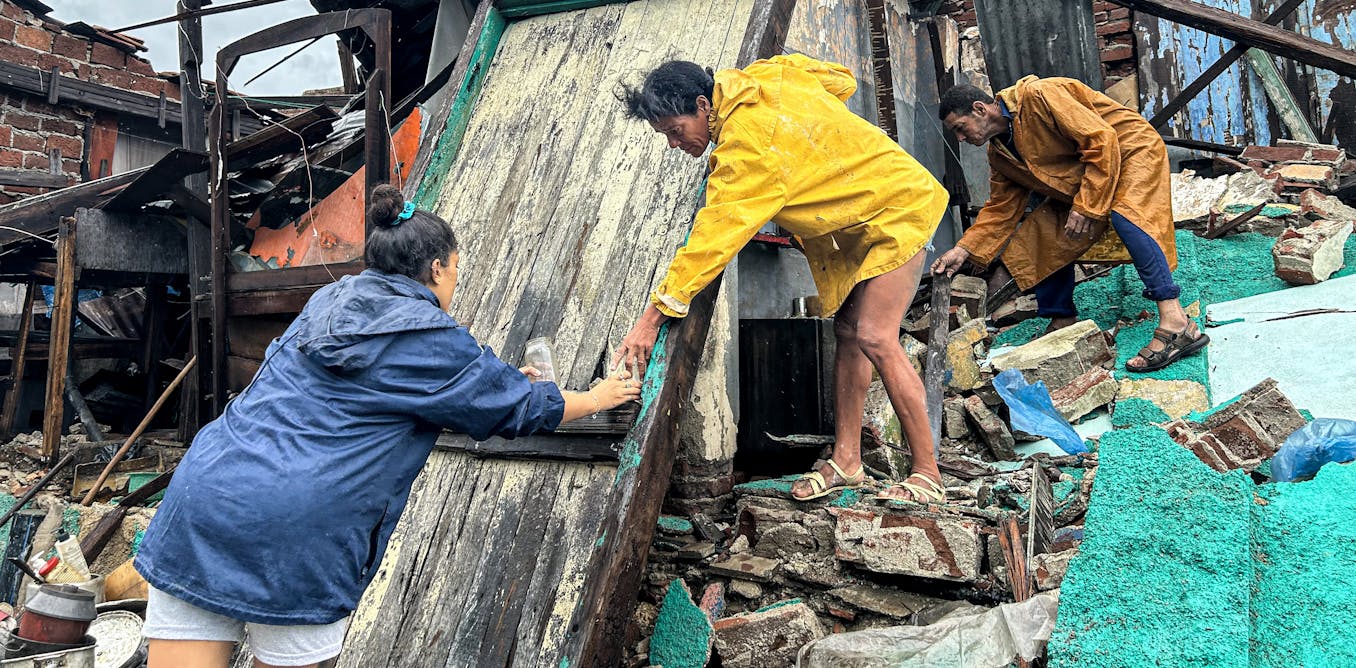
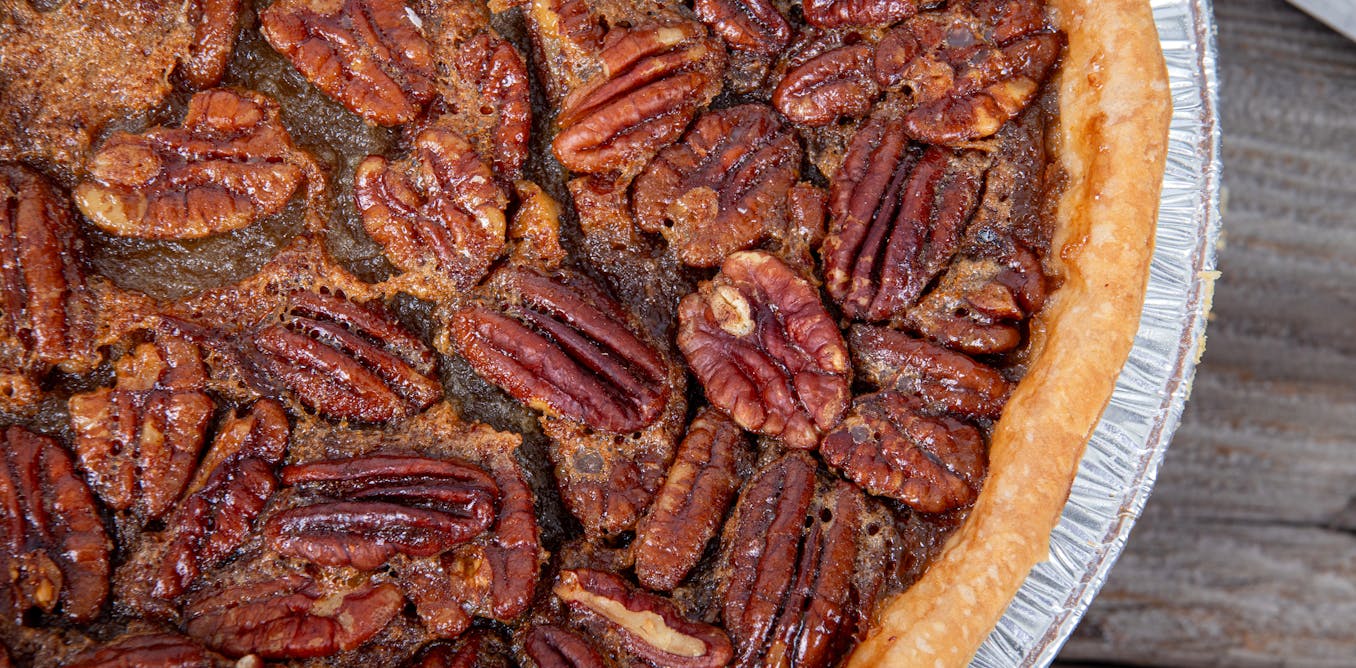













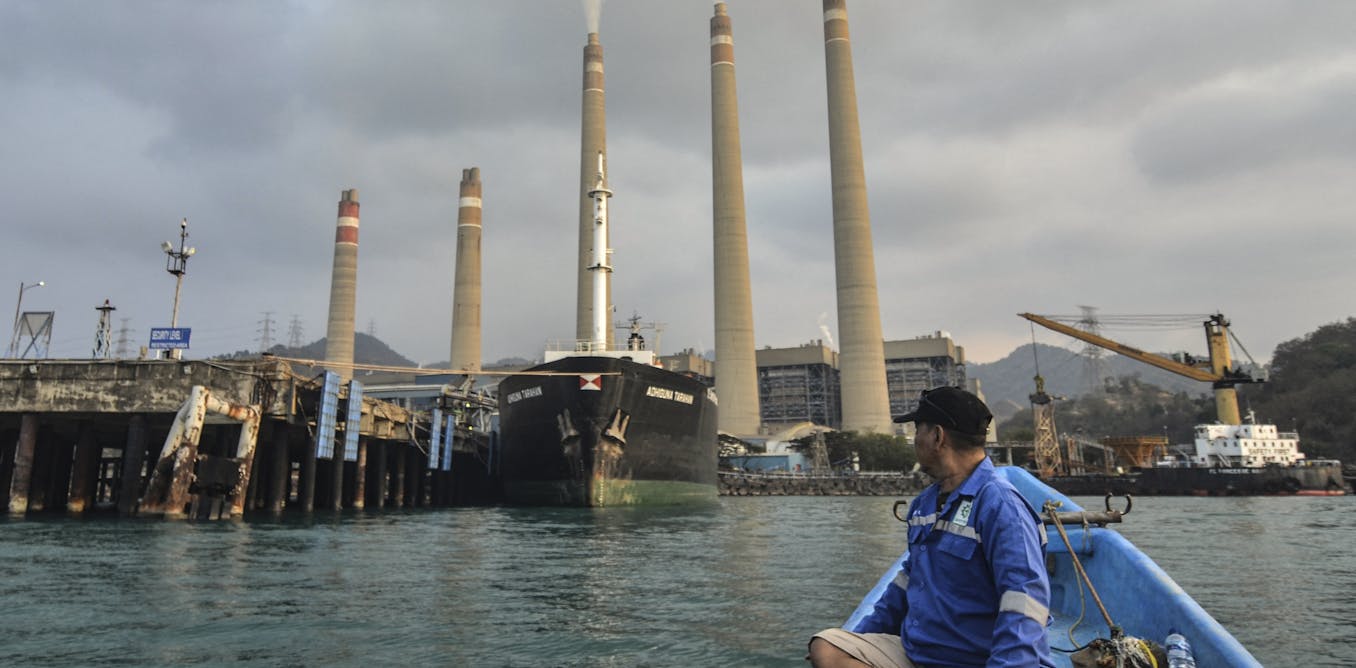


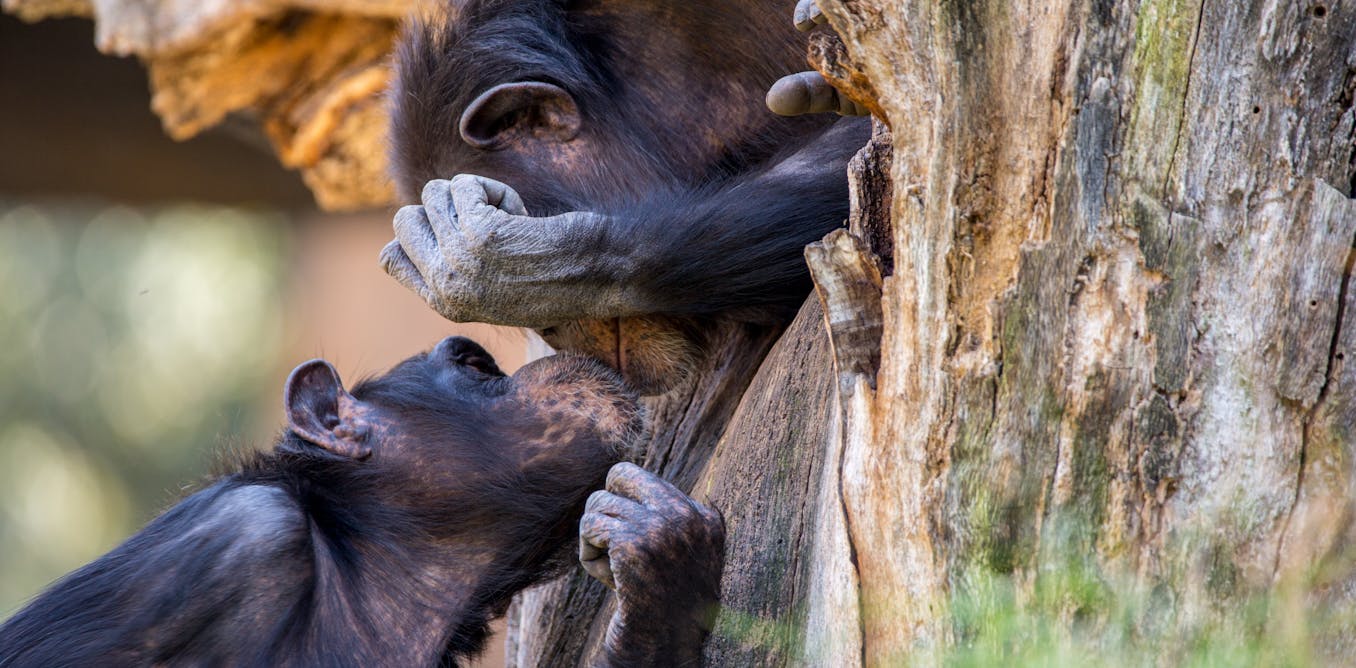






Leave a Reply